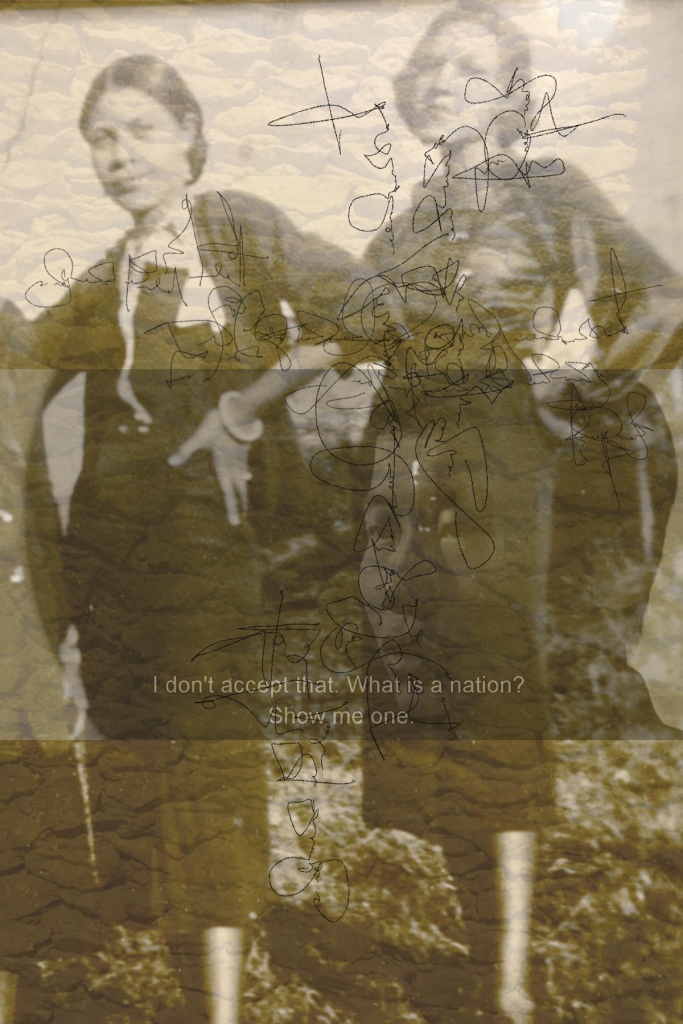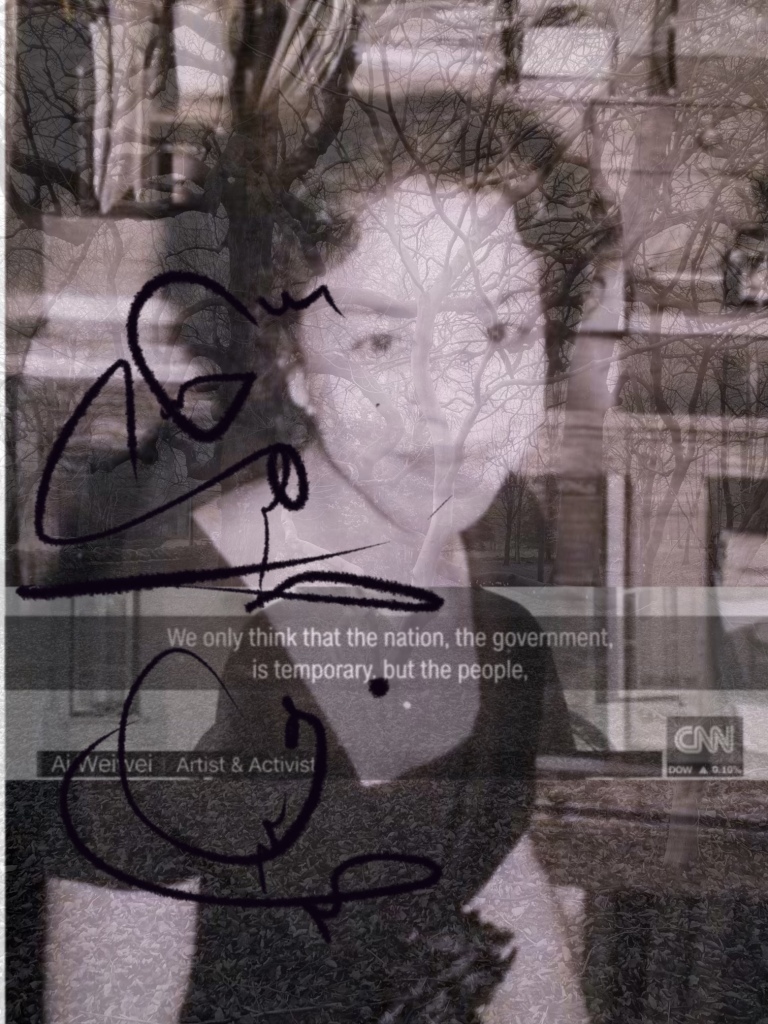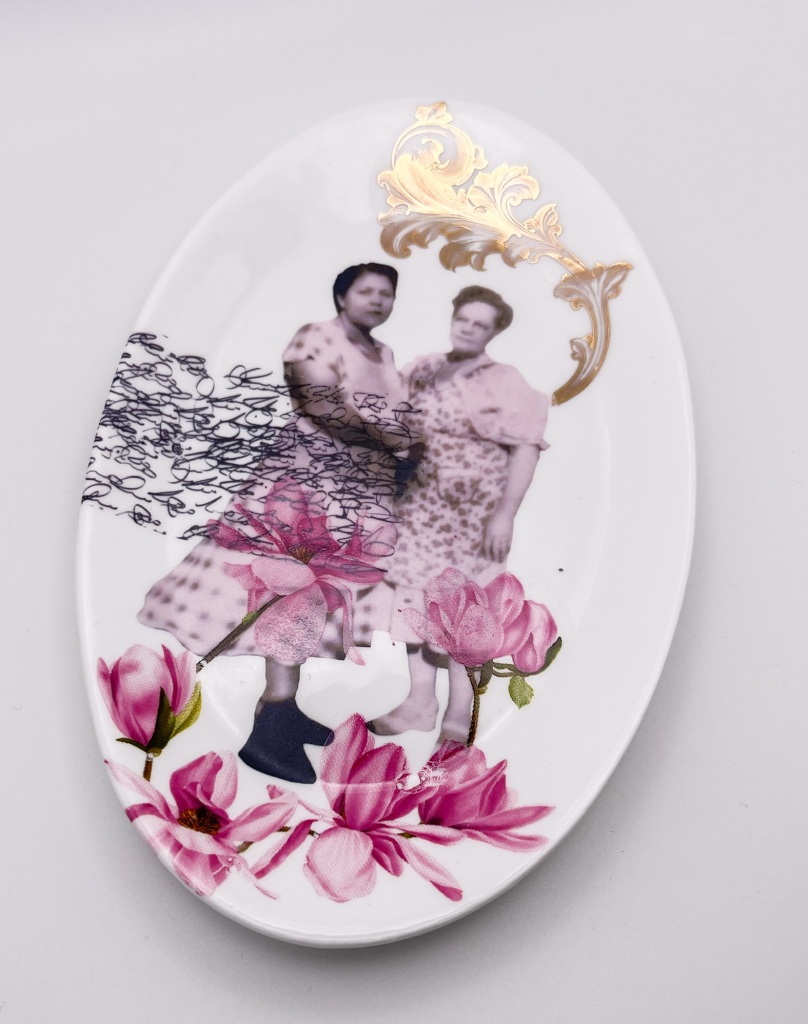Brief for Open Call on Home: There are physical and metaphorical places that give meaning to the word ‘home’. What does home mean to you? How does it inspire or manifest itself in your artistic practice? How has your idea of home and your identity been challenged, misconstrued, and/or transformed over time?
My idea of home has shifted considerably over the past few years. The encounters I have with people abroad who hear my voice but don’t recognize me as part of my homeland, have had a tremendous impact on my sense of self. My artistic work centres issues of migration, identity, labor and memory through the lens of visual and creative culture.
I was born into a family that acknowledged all of our ancestors. We equally heard stories and understood our connection to our indigenous American ancestors, our African Ancestors who arrived enslaved and our Settler European ancestors who came to colonise a new land.
It wasn’t until I was separated from my family by the government in the late 1980s that I began to see how strange it was in the wider world to be mixed race in the context of America. When I entered foster care in 1989, I felt, and was, a victim of human trafficking by my government. That contributed to more feelings of alienation from my identity as an American. There was a question of race for the social workers assigned to me and because of my perceived ambiguity I was sent to live with African American Families, Mexican American Families, white American families and eventually ended up living in orphanages until 1999 when I was released to an independent living program at 16.
As a consequence of my unusual childhood I’ve experienced a near constant sense of loss and grieving. I had been forcibly separated from my family by my government in a country that taught us to be American meant to have rights… but I clearly had none. In 2001 when I began university I came into contact with my great-uncle, the brother of my late maternal grandfather. Because I was studying history he asked for help with a family genealogy project that he’d undertaken. I said yes and, suddenly, I gained access to a centuries long family archive.
I could see my face in the faces of my ancestors. I could read newspaper clippings and wills… birth certificates and deeds that placed them in the context of American history from the beginning. There are three particular ancestors who I felt connected to and who have serves as my artistic muses.
Rachel, an ancestor who was born into slavery in 1816 in Florida, She was sold to Virginia when she was around 8 years old and lived through emancipation there. When she died in 1910 several local newspapers wrote stories about her. They called her “Aunt Rachel” an “aged coloured woman who had been a slave in her earlier day.”
The second muse for me has been Ella, born around 1880, a woman whose own background is still largely a mystery to me. Oral histories around her suggest she was largely Native American but that she and her family passed as mulatto because prior to 1924 “Indians” were not citizens and were discriminated against even more harshly than the newly freed slaves. In most of the country they could not vote or even own land.
Photos of Ella as a teen seem to support this story. In one in particular photo, she and her sister pose with slick black hair staring into the camera. To borrow the words of an Ojibwe pipe carrier I met in 2022 in England, you could “see the native North American blood’ in her. Ella died in 1982, just one year before I was born so I never met her, but her daughter Doris, whom I did know as a child, would become my third muse.
Doris was born around 1910 and lived until 1992. From her I learned a tremendous amount about love, and family while she was alive. But it wasn’t until I found her in the photographic archive of my family, that I began appreciating her for so much more. Each of these women served as confirmation for me, over a century at least, of my place in my homeland.
Still, I was not American.
The ubiquitous question of “where are you really from” followed me wherever I went. Even after an in-depth explanation of my mixed heritage, there was still a sense of detachment in the air. I could be nothing other than American, the particular mix of my ancestors could exist nowhere else on earth. It became too much for me.
Finally, after years of spending long breaks of three to six months abroad I decided to emigrate to England in 2020. I still don’t feel at home but I don’t exactly feel in exile either, which is difficult to explain. People here also do not recognise me instantly as an American, but I feel less interrogated about my identity.
My work has shifted alongside my concept of identity, perhaps because my vantage point has changed so drastically. In 2021 I began a photo collage series using my family archive that asked ‘What is a Nation?’ Largely influenced by the 1968 Japanese film ‘Death by Hanging’ (絞死刑) directed by Nagisa Ōshima and the 1920 silent film ‘Within Our Gates’ by African American director Oscar Micheaux. Both films pose questions around migration and belonging that I wanted to explore in my own work.
What are some racial misconceptions / ignorant remarks people have made at you, about your culture or your identity?
I am not truly American because I have Brown skin. That I am one part of my ethnic heritage but not others despite being connected to all of my ancestors.

My ancestor Doris Louise and her sister Daphne in a photograph taken in the 1920s.

My maternal great-aunt Doris Mae in a photograph taken around 1950.

My ancestors Doris Louise and Ella in a photograph taken around 1940.